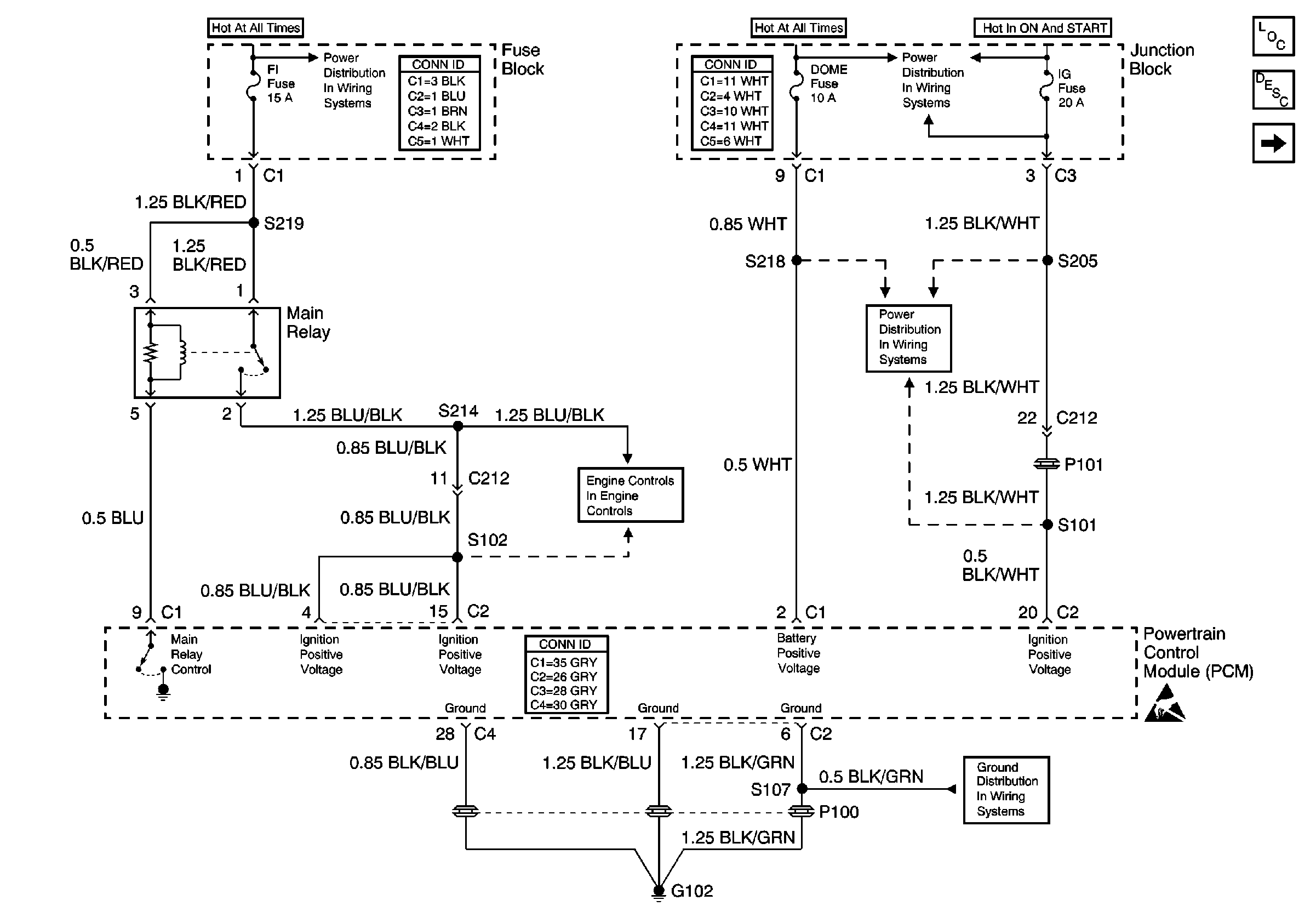Surges and/or Chuggles
Checks
| Action
|
DEFINITION: The engine
has a power variation under a steady throttle or cruise. The vehicle feels
as if it speeds up and slows down with no change in the accelerator
pedal.
|
Preliminary Checks
|
| • | Be sure the driver understands the A/C compressor operation. |
| • | Use a scan tool to make sure the reading of VSS matches vehicle
speedometer. This excludes vehicles with electronic transmissions where some
variation between VSS and the speedometer is normal. |
|
Sensor Check
|
| • | Inspect the operation of the heated oxygen sensor (HO2S) 1. Refer
to: |
| • | Inspect for a shifted or fixed engine coolant temperature (ECT)
sensor. Test the ECT sensor using the scan tool. Compare the engine coolant
temperature with the ambient air temperature on a cold engine. If
the engine coolant temperature is more than 5°C (9°F) more or less
than the ambient air temperature, check for a high resistance in the coolant
sensor circuit or the sensor itself. Refer to
Temperature Versus Resistance
. |
|
Fuel System Checks
|
| • | Check if a Rich or Lean system can cause the condition. Drive
the vehicle at the speed of the complaint. Monitoring the Fuel Trim may help
identify the problem. |
|
Ignition System Checks
|
| • | Check for the proper secondary voltage output with a J 26792
spark tester, or equivalent. |
| • | Check the spark plugs for any of the following conditions: |
| - | Wet (fuel fouled) spark plugs |
| - | A terminal screw that is bent or loose (rotate and pull) |
| - | A ceramic insulator that has cracks, carbon tracking, or deposits
(red or black dust) |
| - | A tip insulator that has cracks, carbon tracking, deposits (oil,
carbon, glazing, fuel additive), or is loose (rattles) |
| - | A center electrode that is loose (wiggles side to side) |
| - | An incorrect spark plug gap that is too large or too small |
| - | Platinum pads that are missing |
|
Additional Checks
|
| • | Check the PCM grounds and engine grounds for clean and tight connections
in the correct locations. Refer to
Power and Ground

. |
| • | Check the generator output voltage. |
| • | Check the vacuum lines and hoses for kinks or leaks. Review the
Vehicle Emission Control Information label. |
| • | Check for an intermittent EGR problem. |
|

